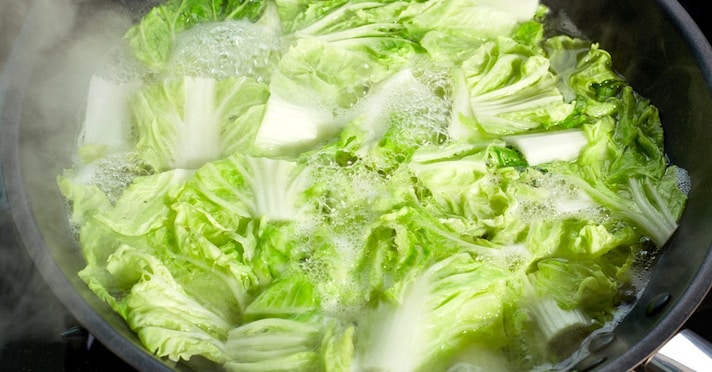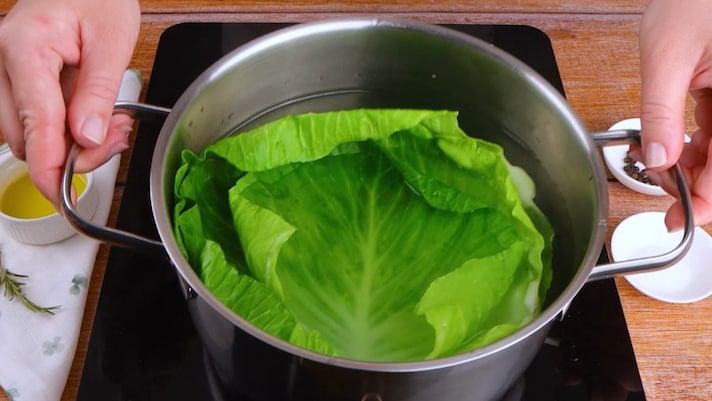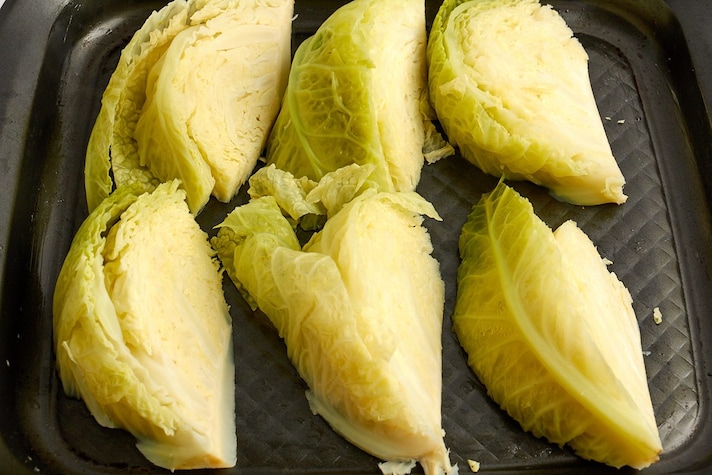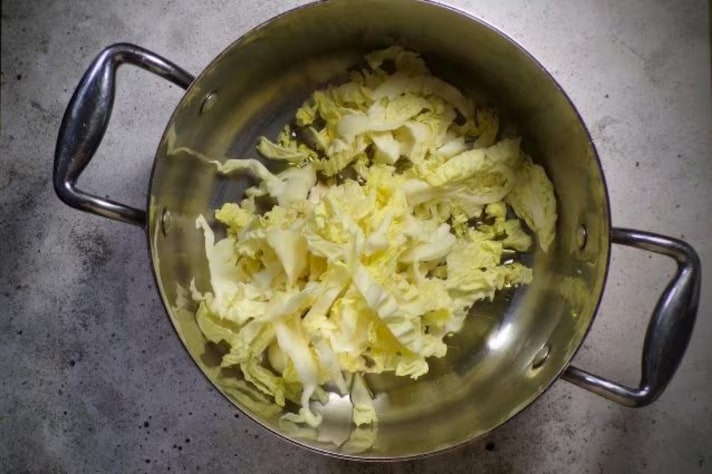
Cabbage is one of those underrated veggies that packs a punch in both nutrition and flavor. From slaws to stir-fries, there are endless ways to enjoy its crunchy, earthy goodness. But if you're not making the most of this versatile veggie, you might be missing out on some serious flavor. Whether you're a cabbage enthusiast or just trying to incorporate more greens into your diet, here are five common cabbage cooking mistakes and how to avoid them.
1. Sticking to Just Boiling Your Cabbage

Let's face it: Boiled cabbage can be a bit… boring. If you’re only boiling cabbage, you’re missing out on all the ways this vegetable can shine. The trick? Get creative with your cooking methods. Try stir-frying cabbage with other veggies, grilling it for a smoky flavor, or roasting it for a caramelized crunch. These techniques preserve the cabbage’s natural sweetness and add depth to the dish, avoiding that soggy, bland texture that comes with boiling.
Pro Tip: Love boiled cabbage but not the smell? Add a splash of vinegar to the cooking water, or better yet, steam the cabbage instead. It'll cut down on that funky odor while keeping the cabbage tender and sweet.
2. Not Salting Your Cabbage the Right Way

Cabbage has a ton of moisture, which can make dishes like slaw turn soggy. The solution? Salt your cabbage before you mix it with any other ingredients. Let it sit for about 30 minutes at room temperature. This will draw out the excess water, leaving you with crisp, fresh cabbage that's ready to shine. Don’t forget to give it a good squeeze to get rid of any remaining moisture.
Pro Tip: If you’re making a slaw or salad, sprinkle the cabbage with a bit of salt and let it rest. This will keep your dish crunchy without becoming a soggy mess.
3. Using the Wrong Type of Cabbage

Did you know there’s more than one type of cabbage? If you’ve only been using the standard green cabbage, it’s time to branch out. Here’s a quick breakdown of some of the most popular varieties and how to cook with them:
- Green Cabbage: The most common type, perfect for boiling, stir-frying, or even using raw in salads.
- Red Cabbage: It may turn blue when cooked, which is why it's often better raw. However, adding a little vinegar or lemon juice when cooking can help keep its vibrant color.
- Savoy Cabbage: With its curly leaves, Savoy cabbage is more delicate and tender than green cabbage. It’s great in stir-fries or lightly sautéed dishes.
- Napa Cabbage: This oblong cabbage is sweet and mild, making it ideal for raw slaws or quick stir-fries.
- Bok Choy: More like spinach than cabbage, bok choy’s tender, mild leaves make it perfect for soups or as a sautéed side dish.
Pro Tip: Match the type of cabbage to the dish you’re making. Napa is best raw or lightly cooked, while Savoy works well in stir-fries or soups.
4. Overcooking Your Cabbage

Nobody likes mushy cabbage, and overcooked cabbage can also bring about that distinct, less-than-pleasant smell. The key is to cook it just enough to keep its texture and flavor intact. Shredded cabbage should cook for about 5 minutes, while cabbage wedges might take 10 to 15 minutes, depending on the size.
Pro Tip: Always cook cabbage at a gentle simmer rather than a rolling boil. This way, you’ll avoid the overcooked texture and get to enjoy cabbage that’s perfectly tender but still with a bite.
5. Adding Baking Soda (and Losing Nutrients)

While some folks add baking soda to their cabbage to reduce the smell and keep the color vibrant, it’s not always the best move. Baking soda can help prevent cabbage from turning gray, but it also strips the veggie of some of its nutrients. Plus, it can affect the texture and flavor.
Pro Tip: Skip the baking soda and instead focus on cooking your cabbage at a gentle heat to preserve both the color and nutritional value. A splash of vinegar or lemon juice will help with the color without sacrificing the cabbage's benefits.
;Resize,width=767;)
